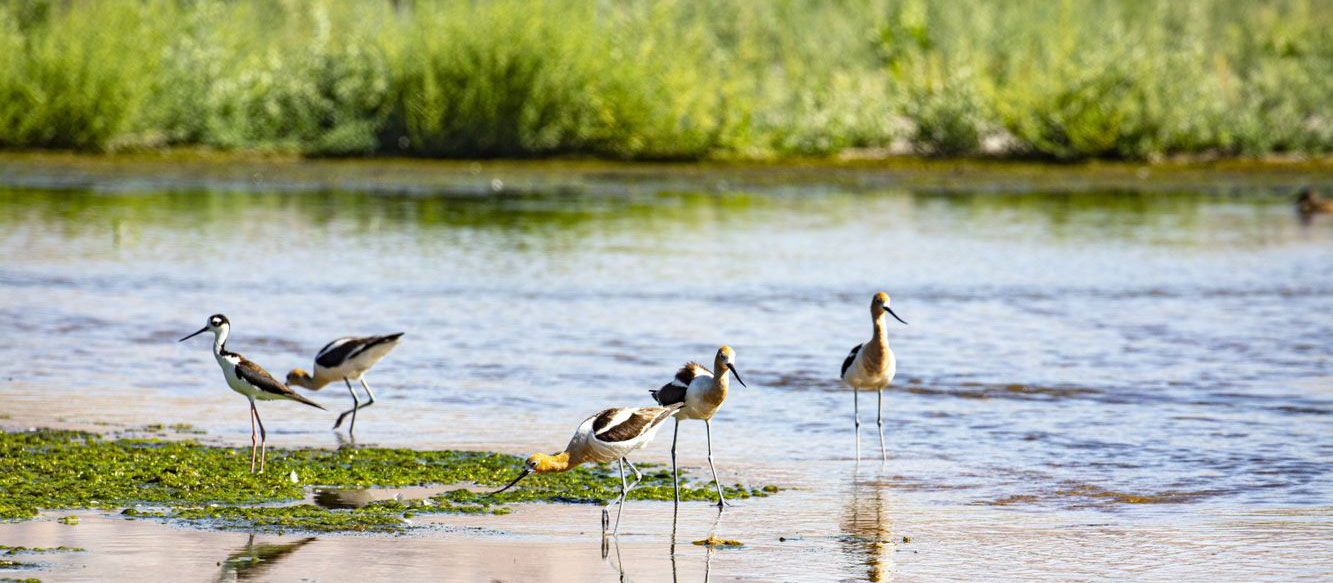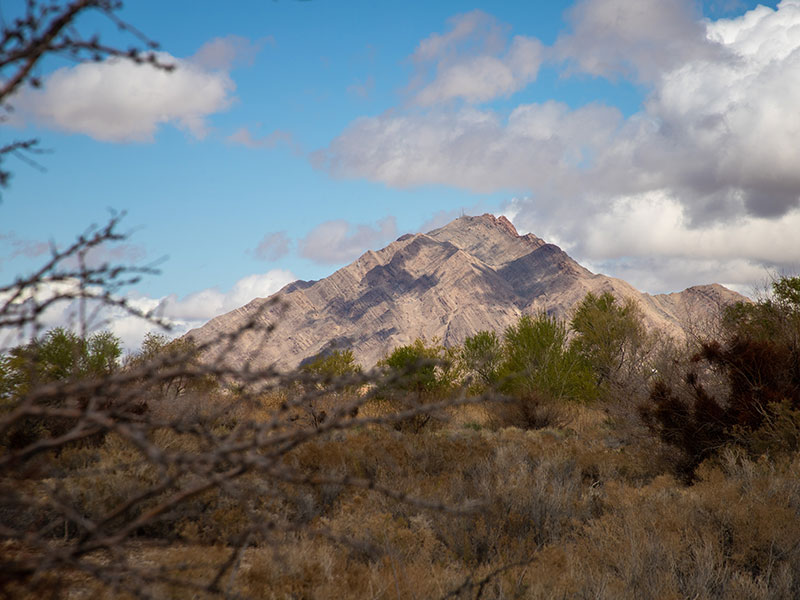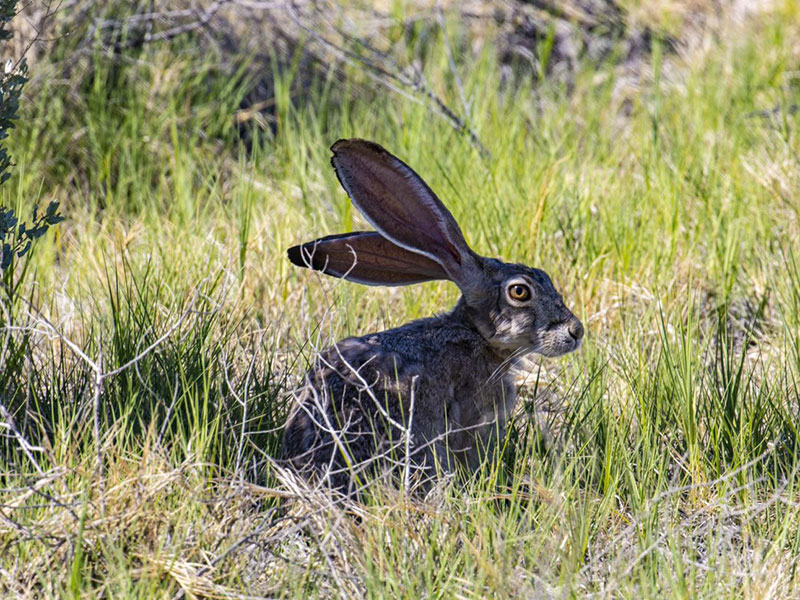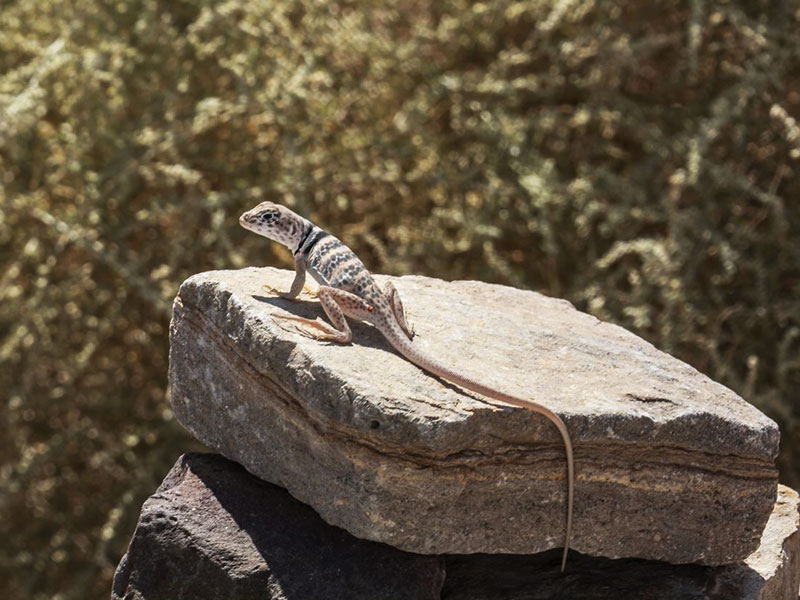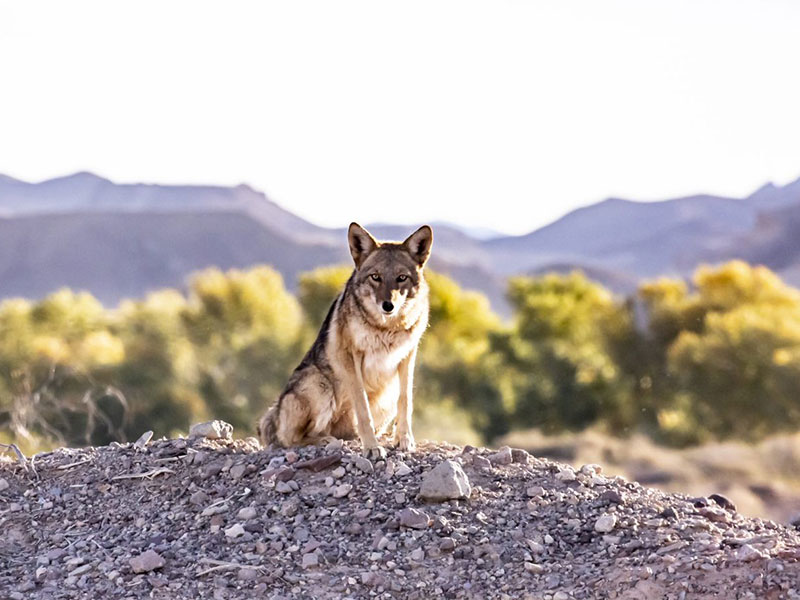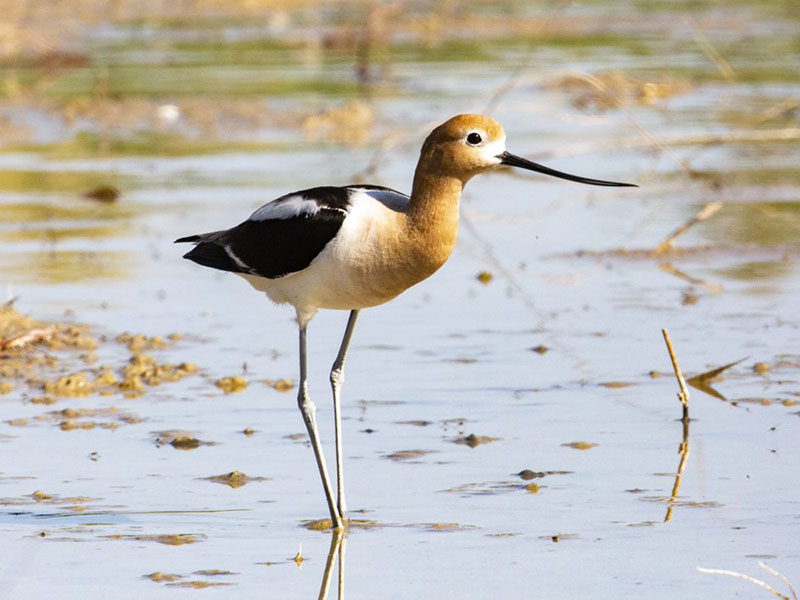Hydrology
The Las Vegas Valley occupies a structural basin in the Basin and Range Province of the northern Mojave Desert. Its western edge is located approximately five miles west of Lake Mead, which is an impoundment on the Colorado River. Most shallow groundwater and all surface flows are tributaries to Lake Mead via the Las Vegas Wash.
Encircled by mountain ranges reaching elevations of nearly 12,000 feet above sea level (in the Spring Mountains to the west), the elevation of the valley floor ranges from about 3,000 feet at the western mountain front to 1,500 feet in the east at the outflow of the valley. The entire hydrographic basin is approximately 1,600 square miles.
The Las Vegas Wash has four major flow components: reclaimed water, urban runoff, shallow groundwater and stormwater. These flows travel to the Wash through one of the tributaries, then flow into Lake Mead.
Tributaries
The Las Vegas Valley's flows drain into Lake Mead and the Colorado River system. Despite being in a desert, there are flows year-round in the Wash and its tributaries due to increased urban development.
Tributaries to the Las Vegas Wash:
- Las Vegas Creek
- Flamingo Wash
- Tropicana Wash (via Flamingo Wash)
- Duck Creek
- Pittman Wash (via Duck Creek)
- C1 Channel
- Sloan Channel
- Monson Channel
- Tropicana Ave Floodway.
Geology
The story of the Las Vegas Wash began millions of years ago when Frenchman Mountain (the large mountain south of the smaller Sunrise Mountain) made a 40-mile journey from the Colorado Plateau to where it can be found today on the eastern edge of the Las Vegas Valley. "Vishnu Schist," a rock unique to the Colorado Plateau—can be found embedded within the mountain.
A stream channel formed along the south side of Frenchman Mountain and connected with the Colorado River, but as the region's climate became more arid, the channel turned into a dry desert wash that would only flow during rainstorms.
This was the condition of the Las Vegas Wash when urban development of the Las Vegas Valley began in the early 1900s. It wasn’t until the discharge of the first treated wastewater into the Wash in the late 1950s that it once again became a perennial, or year-round flowing, stream.
Biology
You may not expect to find an oasis with water, wildlife and vegetation in the middle of the desert, but that is exactly what you’ll find at the Las Vegas Wash.
Las Vegas, Spanish for "the meadows," was once home to naturally occurring springs and artesian wells, which made it possible for Las Vegas' first residents to settle here.
More than 900 species of amphibians, birds, mammals, reptiles, fishes and invertebrates live in the wetland, riparian and upland habitats of the Las Vegas Wash. Among the nearly 300 species of birds are the federally-endangered Yuma Ridgway's rail and southwestern willow flycatcher, as well as the federally-threatened yellow-billed cuckoo. Other species of animals that can be found at the Wash include the sidewinder, desert iguana, largemouth bass, desert pocket mouse, bobcat, Yuma myotis and Woodhouse's toad.
Plant communities at the Wash also are very diverse, with native species like creosote, fourwing saltbush, desert willow, honey and screwbean mesquite, cottonwood, sandbar willow, and three-square bulrush. While the native species are beneficial to the ecosystem, there also are non-native invasive species like tamarisk and tall whitetop that negatively affect the environment.
The Las Vegas Wash Coordination Committee works hard to protect and enhance the Wash ecosystem and lead many studies to monitor its plants and animals.
